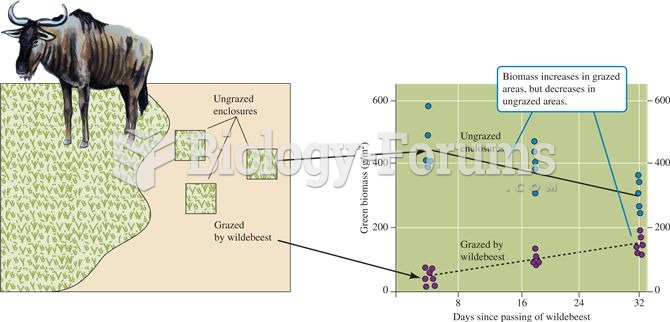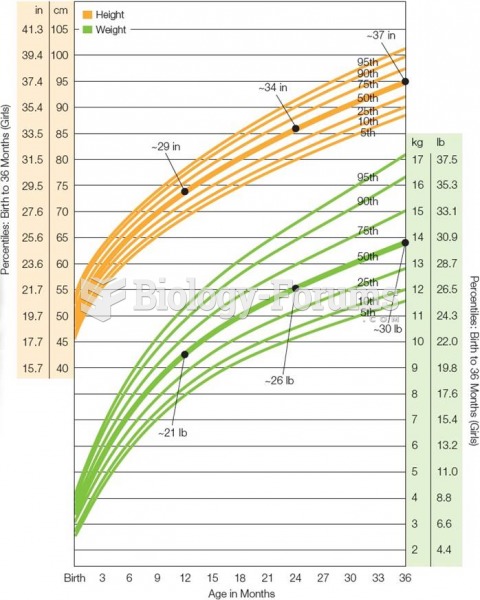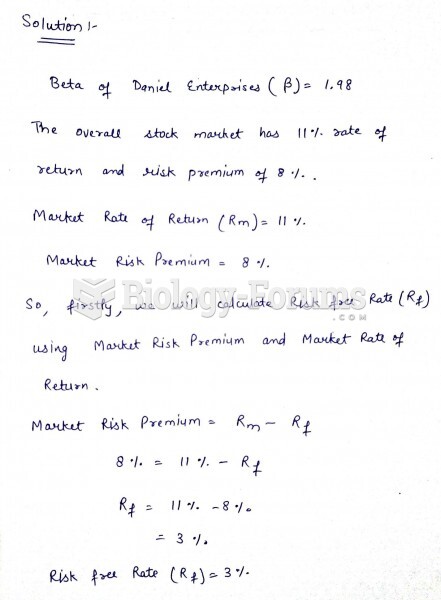This topic contains a solution. Click here to go to the answer
|
|
|
Did you know?
HIV testing reach is still limited. An estimated 40% of people with HIV (more than 14 million) remain undiagnosed and do not know their infection status.
Did you know?
There are more sensory neurons in the tongue than in any other part of the body.
Did you know?
Most fungi that pathogenically affect humans live in soil. If a person is not healthy, has an open wound, or is immunocompromised, a fungal infection can be very aggressive.
Did you know?
The human body produces and destroys 15 million blood cells every second.
Did you know?
The familiar sounds of your heart are made by the heart's valves as they open and close.







